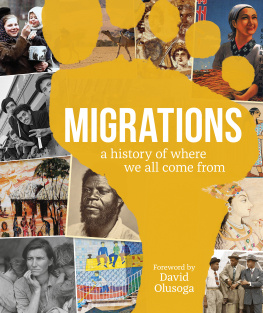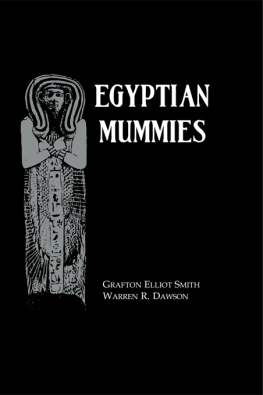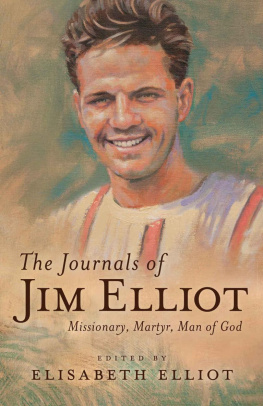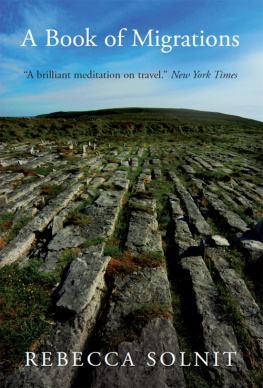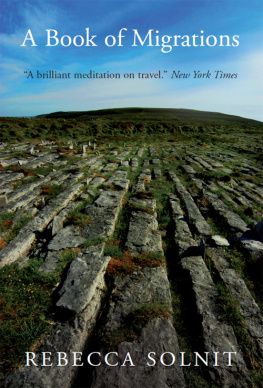PUBLICATIONS OF THE UNIVERSITY OF MANCHESTER.
The Migrations of Early Culture.
Published by the University of Manchester at
THE UNIVERSITY PRESS ( H. M. McKechnie , Secretary)
12, Lime Grove, Oxford Road, MANCHESTER
LONGMANS, GREEN & CO.
London : 39, Paternoster Row
New York : 443-449, Fourth Avenue and Thirtieth Street
Bombay : 8, Hornby Road
Calcutta : 303, Bowbazar Street
Madras : 167, Mount Road
The
Migrations of Early Culture
A study of the Significance of the Geographical
Distribution of the Practice of Mummification
as Evidence of the Migrations of Peoples and
the Spread of certain Customs and Beliefs
BY
GRAFTON ELLIOT SMITH, M.A., M.D., F.R.S.,
Professor of Anatomy in the University
MANCHESTER
AT THE UNIVERSITY PRESS
12, LIME GROVE, OXFORD ROAD
LONGMANS, GREEN & CO.
London, New York, Bombay, etc.
1915
UNIVERSITY OF MANCHESTER PUBLICATIONS
No. CII.
PREFACE.
When these pages were crudely flung together no fate was contemplated for them other than that of publication in the proceedings of a scientific society, as an appeal to ethnologists to recognise the error of their ways and repent. They were intended merely as a mass of evidence to force scientific men to recognise and admit that in former ages knowledge and culture spread in much the same way as they are known to be diffused to-day. The only difference is that the pace of migration has become accelerated.
The re-publication in book form was suggested by the Secretary of the Manchester University Press, who thought that the matters discussed in these pages would appeal to a much wider circle of readers than those who are given to reading scientific journals.
The argument is compounded largely of extracts from the writings of recognised authorities, and the author does not agree with all the statements in the various extracts he has quoted: this mode of presenting the case has been adopted deliberately, with the object of demonstrating that the generally admitted facts are capable of a more natural and convincing explanation than that put forth ex cathedra by the majority of modern anthropologists, one in fact more in accord with all that our own experience and the facts of history teach us of the effects of the contact of peoples and the spread of knowledge.
Such a method of stating the argument necessarily involves a considerable amount of repetition of statements and phrases, which is apt to irritate the reader and offend his sense of literary style. In extenuation of this admitted defect it must be remembered that the brochure was intended as a protest against the accusation of artificiality and improbability so often launched against the explanation suggested here: the cumulative effect of corroboration was deliberately aimed at, by showing that many investigators employing the most varied kinds of data had independently arrived at identical conclusions and often expressed them in similar phrases.
Only a very small fraction of the evidence is set forth in the present work. Much of the most illuminating information has only come to the authors knowledge since this memoir was in the press; and a vast amount of the data, especially that relating to Europe, India and China, is too intimately intertwined with the effects of other cultures to be discussed and dissociated from them in so limited a space as this.
Nor has any attempt been made to discuss the times of the journeys, the duration of the intercourse, or the details of the goings and the comings of the ancient mariners who distributed so curious an assortment of varied cargoes to the coast-lines of the whole worldliterally from China to Peru. They exerted an influence upon the history of civilization and achieved marvels of maritime daring that must be reckoned of greater account, as they were so many ages earlier, than those of the more notorious medival European adventurers and buccaneers who, impelled by similar motives, raided the Spanish Main and the East Indies.
As the pages show, this book is reprinted from volume 59, part 2, of the Memoirs and Proceedings of the Manchester Literary and Philosophical Society, session 1914-15; and I am indebted to the Council of that body for their kind permission to re-issue it in its present form.
G. Elliot Smith.
The University, Manchester , July, 1915.
LIST OF ILLUSTRATIONS.
A rough chart of the geographical distribution of certain customs, practices and traditions
An attempt to represent roughly the areas more directly affected by the heliolithic culture-complex, with arrows to indicate the hypothetical routes taken in the migration of the culture-bearers who were responsible for its diffusion
Manchester Memoirs, Vol. lix. (1915), No..
X. On the Significance of the Geographical Distribution of the Practice of Mummification.A Study of the Migrations of Peoples and the Spread of certain Customs and Beliefs.
By Professor G. Elliot Smith , M.A., M.D., F.R.S.
(Read February 23rd, 1915. Received for publication April 6th, 1915.)
In entering upon the discussion of the geographical distribution of the practice of mummification I am concerned not so much with the origin and technical procedures of this remarkable custom. This aspect of the problem I have already considered in a series of memoirs (). I have chosen mummification rather as the most peculiar, and therefore the most distinctive and obtrusive, element of a very intimately interwoven series of strange customs, which became fortuitously linked one with the other to form a definite culture-complex nearly thirty centuries ago, and spread along the coast-lines of a great part of the world, stirring into new and distinctive activity the sluggish uncultured peoples which in turn were subjected to this exotic leaven.
If one looks into the journals of anthropology and ethnology, there will be found amongst the vast collections of information relating to mans activities a most suggestive series of facts concerning the migrations of past ages and the spread of peculiar customs and beliefs.
Map 1.A rough chart of the geographical distribution of certain customs, practices and traditions. [None of these areas of distribution is complete. The map shows merely the data referred to in this memoir or in the literature quoted in it.]
If a map of the world is taken and one plots out (), the practice of cranial deformation, to mention only a few of the many that might be enumerated, it will be found that in most respects the areas in which this extraordinary assortment of bizarre customs and beliefs is found coincide one with the other. In some of the series gaps occur, which probably are more often due to lack of information on our part than to real absence of the practice; in other places one or other of the elements of this complex culture-mixture has overflowed the common channel and broken into new territory. But considered in conjunction these data enable us definitely and precisely to map out the route taken by this peculiarly distinctive group of eccentricities of the human mind. If each of them is considered alone there are many breaks in the chain and many uncertainties as to the precise course: but when taken together all of these gaps are bridged. Moreover, in most areas there are traditions of culture-heroes, who brought in some or all of these customs at one and the same time and also introduced a knowledge of agriculture and weaving.




